Clay pots have been an essential part of African culture for centuries, serving as tools for cooking, storage, brewing, and even ceremonial purposes. Crafted from natural clay using traditional techniques, these pots reflect the artistic heritage and practical ingenuity of various African communities. Whether used for preparing slow-cooked stews, fermenting beverages, or as decorative elements, African clay pots offer both functionality and aesthetic appeal. Here are eight of the most renowned clay pots found across the continent.
Mafuta (Kenya & Tanzania)
A staple among the Maasai and other East African communities, the Mafuta pot is a thick-walled, unglazed clay cooking vessel. Its round shape allows for even heat distribution, making it perfect for slow-cooked dishes such as nyama choma (grilled meat) and ugali. Cooking with Mafuta pots enhances flavours by infusing an earthy richness into meals.
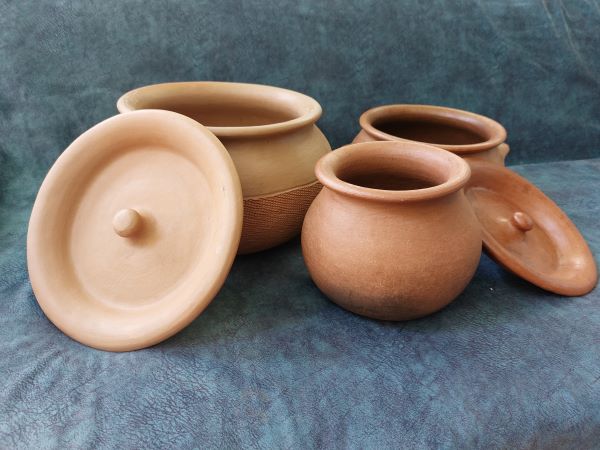
Canari (West Africa)
Common in Mali, Burkina Faso, and Niger, the Canari pot is primarily used for storing and cooling water. Its porous clay structure promotes natural evaporation, keeping water refreshingly cool in hot climates. Often adorned with intricate carvings, the Canari pot is a symbol of both utility and artistry in West African homes.
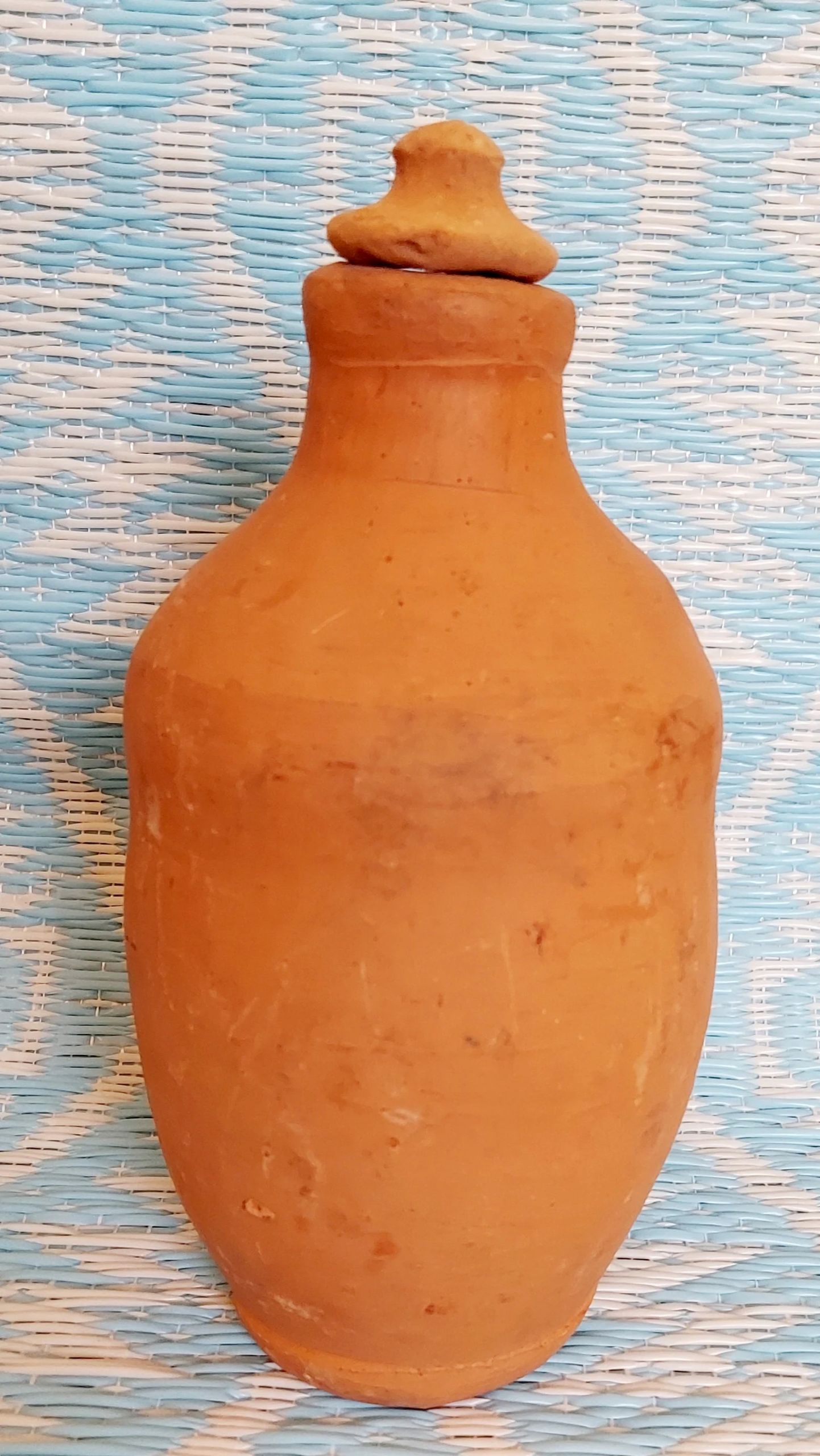
Imbiza (South Africa & Zimbabwe)
The Imbiza is a traditional clay pot primarily used for brewing umqombothi, a traditional beer enjoyed in Zulu and Shona communities. Designed with a wide mouth to facilitate fermentation, this pot plays a vital role in social gatherings and cultural ceremonies. The deep, rich flavour of the beer is enhanced by the clay, making the Imbiza an indispensable brewing vessel.
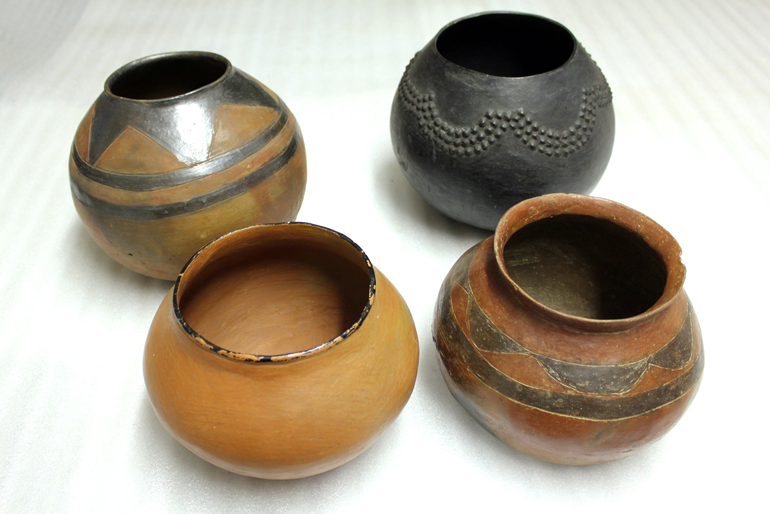
Lekuka (Cameroon & Central Africa)
In Cameroon and Central African regions, the Lekuka pot is favoured for cooking and serving soups and sauces. It features a narrow neck and wide base, which helps retain heat, keeping meals warm for longer. Crafted to withstand high temperatures, Lekuka pots are a staple in many traditional kitchens.
Toggo (Nigeria & Ghana)
Popular among the Hausa and Yoruba people, the Toggo pot is ideal for cooking flavourful stews like egusi and pepper soup. Made from locally sourced clay, it can withstand open-fire cooking, allowing for a slow, even heat that enhances the dish’s depth of flavour. Toggo pots are often used in rural areas where traditional cooking methods are still widely practised.
Gule (Ethiopia & Eritrea)
Also known as Jebena in Ethiopia, the Gule pot is a unique clay vessel used in Ethiopian coffee ceremonies. Its rounded base, long neck, and spouted top make it perfect for brewing strong, aromatic coffee. This pot is central to Ethiopian hospitality, bringing people together to enjoy a shared experience over freshly brewed coffee.
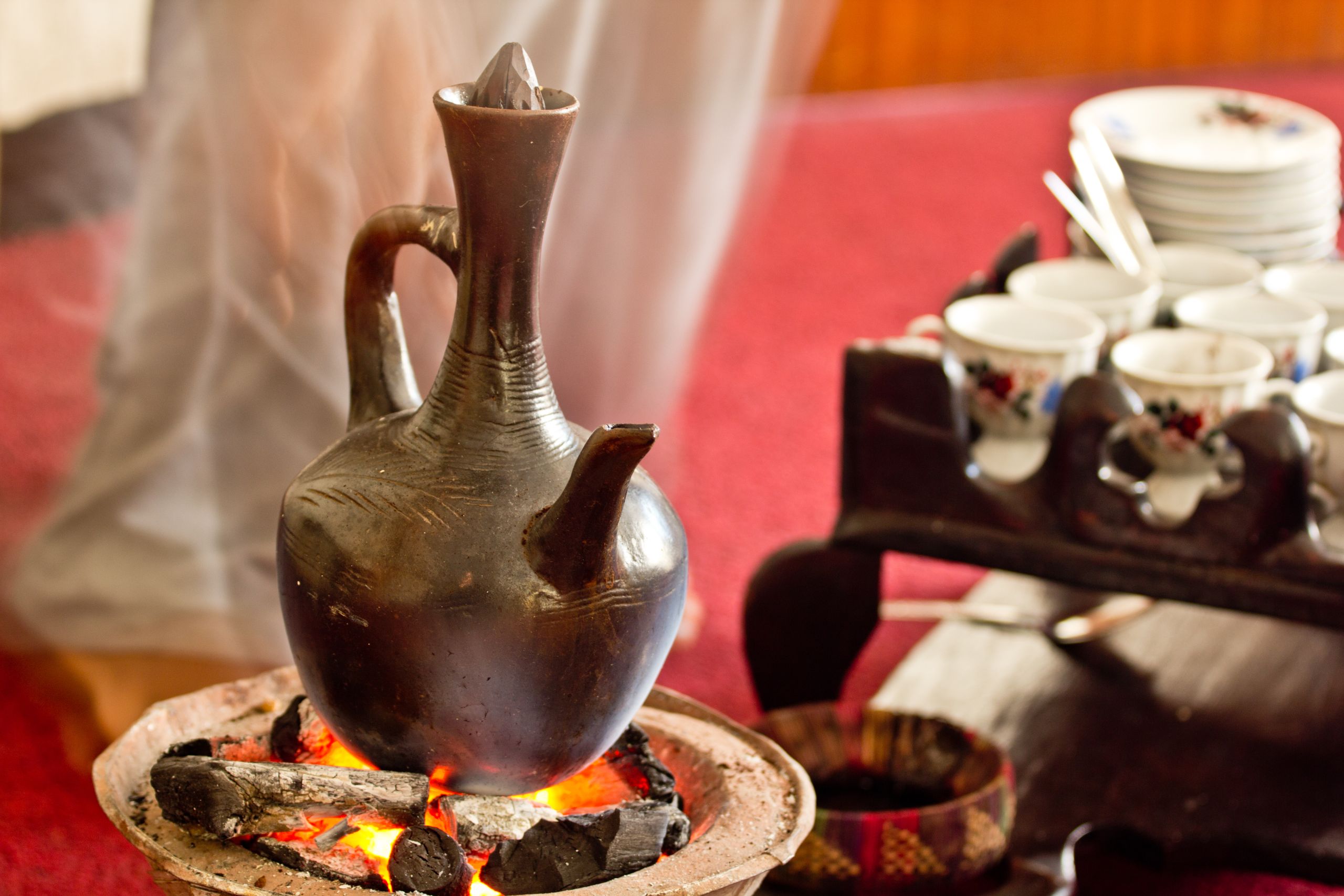
Bùlò (Sudan & South Sudan)
A versatile clay pot used in Sudanese and South Sudanese households, the Bùlò is essential for both cooking and water storage. Its thick walls retain heat efficiently, making it perfect for slow-cooked dishes like mullah (stew) and kisra (flatbread). Larger versions of the Bùlò pot are used for storing drinking water, benefiting from clay’s natural cooling properties.
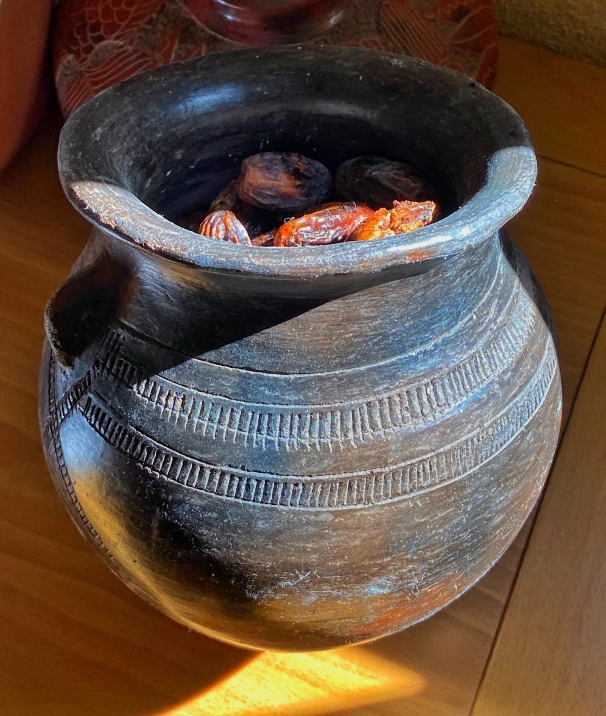
Kula (Mozambique & Southern Africa)
The Kula pot is a durable clay vessel used for fermenting beverages such as palm wine and sorghum beer. Its thick walls help maintain a stable fermentation temperature, crucial for traditional brewing techniques. Often decorated with cultural motifs, Kula pots are both functional and artistically significant.

African clay pots are more than just everyday utensils; they embody history, tradition, and skilled craftsmanship. Each pot tells a unique story, preserving the cultural legacy of the communities that create and use them. Whether used for cooking, brewing, or decorative purposes, these pots continue to play a vital role in African homes and traditions.
For those interested in authentic African cookware and home décor, exploring these traditional clay pots provides a fascinating glimpse into the continent’s rich ceramic heritage.


